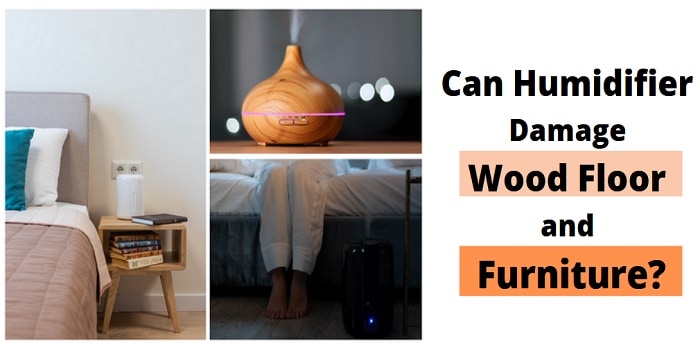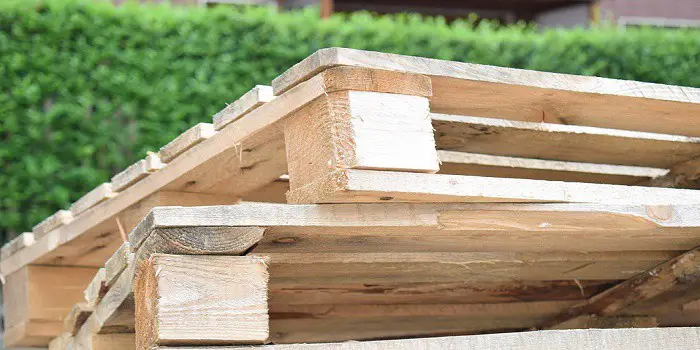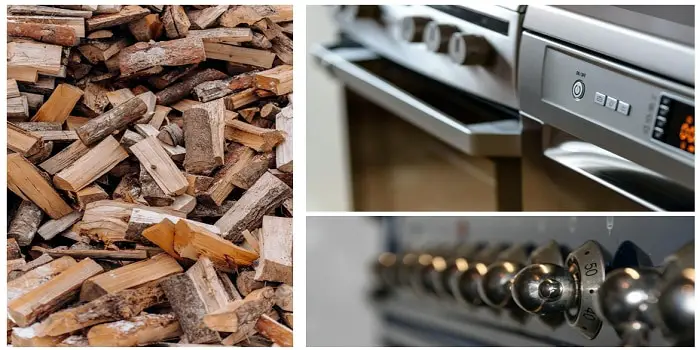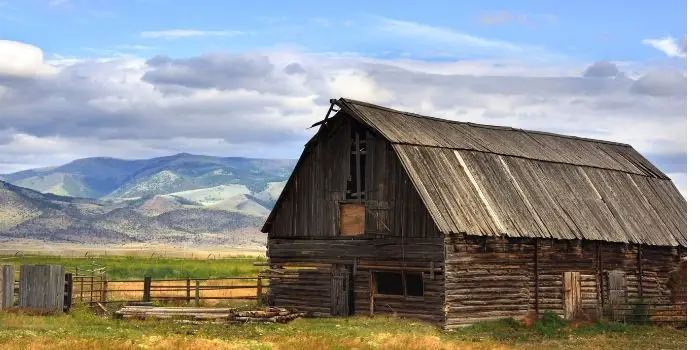
Pole barns and stick-built structures are two of the most popular buildings for storing items, raising livestock, or using them as a home.
While these are two structures you can put up on your property, there are several key differences to take note of before you figure out which is better for your needs.
Here’s a breakdown of the pros and cons of each option to help you decide and make an informed decision.
What’s a Stick-Built Home?
A stick-built home is a traditional house constructed from start to finish on site.
These homes are usually constructed out of individual lumber pieces (sticks) that are cut to size and nailed or glued together.
This type of construction is strong and durable, but it can be more expensive than other methods.
Stick-built homes are generally used in areas where the climate is good, and there is no danger of high winds or other severe weather conditions that could damage the structure.
You can use them for building a variety of structures, including:
- Homes
- Offices
- Retail stores
- Warehouses and more
Average Measurements
Depending on the specific use, you can find a stick-built home in just about any size you need.
Traditional Stick-built modular homes typically come in sizes that range from 400 square feet (a small modular size) to over 3,000 square feet (a large modular size).
Depending on the manufacturer, you can also find “in-between” sizes like 600 or 1,200 square feet.
What is a Pole Barn Building?
A pole barn is a structure typically used for storage or housing livestock.
Pole barns are usually made of wood, but they can also be constructed from metal or concrete.
These buildings are famous because they are relatively cheap and easy to build.
These are often used to build large agricultural structures with no basements, high ceilings, and wide-open spaces.
Pole barns are not as strong as stick-built homes, but they can be reinforced with metal or concrete to make them more durable.
Average Measurements
Pole barns may be as small as 8 feet by 10 feet in length on the tiny side to 24 feet wide by 40 to 50 feet long on the bigger side.
Smaller sizes are more popular for storage or shelter for tiny animals, such as sheep and goats. The larger sizes are multi-purpose and can also be used as a horse barn.
However, for horses and other large animals, you’ll want a larger size, at least 36 feet wide by 48 to 60 feet long, with a minimum height of 8 feet.
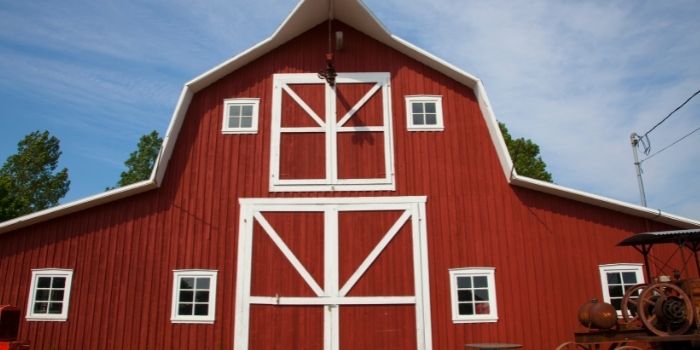
Difference Between Stick-Built Homes and Pole Barns
There are several critical differences between stick-built homes and pole barns.
Stick-built homes are usually more robust and more durable, but they can be more expensive to build. Pole barns are typically cheaper and easier to build but are not as strong.
Pole barns can be reinforced with metal or concrete to make them more durable, adding to the cost.
So, which is better for you?
The answer to this question depends on your needs, budget, and preferences.
- A stick-built home is the better option if you need a strong and durable structure.
- A pole barn might be the better choice if you need a cheaper, easier-to-build option, like an outdoor shed or garage.
Ultimately, the decision comes down to what you need and what you’re willing to pay for.
Why Do I Think Post-Frame Construction is a Better Option?
Pole barns are a type of post-frame structure that is built after the frame. Pole barns are one result of the post-frame method of building.
Ideally, post-frame construction is a type of building construction that uses wood or steel posts instead of conventional solid walls.
Post-frame buildings are often used for barns, storage sheds, and other agricultural buildings.
The main advantage of post-frame construction is that it is much easier and faster to construct than conventional framed construction.
Additionally, post-frame buildings are more durable and require less maintenance than their conventional counterparts.
As a result, post-frame construction has become increasingly popular in recent years.
Besides the above, post-frame construction has several advantages over structures like stick-built homes. These include:
- It is more versatile than other types of construction
- The building process is also speedier and easier to construct than other types, with significantly less site preparation.
- No load-bearing interior walls with extra-large wall openings for doors and windows
- The final product you get is much safer because of the force transferred into the ground.
- Offers better pole barn foundation options with a wide range of exterior add-ons
- Can adapt better to varying site conditions along with providing greater insulation, and fewer thermal breaks
- You can use it to build a variety of structures, including homes, offices, retail stores, warehouses, and more.
What About the Cost of These Types of Buildings?
The cost for a pole barn and stick-built will depend on the materials you use, the structure’s size, and the design’s complexity.
On average, a pole barn costs between $5,000 and $30,000, whereas stick-built homes can range in cost from $50,000 to $500,000.
Typically, the cost of post-frame construction is usually cheaper than that of conventional construction methods.
However, the cost will still depend on the materials you use, the structure’s size, and the design’s complexity.
Final Thoughts
A Pole barn post-frame construction and stick-built structures are both great ways to build a variety of structures quickly and easily.
Pole barns have advantages over stick-built structures, such as being cheaper and easier to construct.
However, stick-built homes are typically stronger and more durable.
The decision of which type of construction to use depends on your needs, budget, and preferences.
A stick-built home is the better option if you need a strong and durable structure. But if you need a cheaper and easier-to-build option, a pole barn might be the better choice.
Share the post "Stick-Built Structure vs. Pole Barn: What’s The Difference?"

Hi, I am Mark Garner a professional carpenter, woodworker, and DIY painter. I live in the small city of Peoria, Arizona as a semi-retired woodworker. I have started this blog with a simple motive to help you with my wood experience in this sector. If you like to know more about what I love doing and how it all got started, you can check more about me here.

